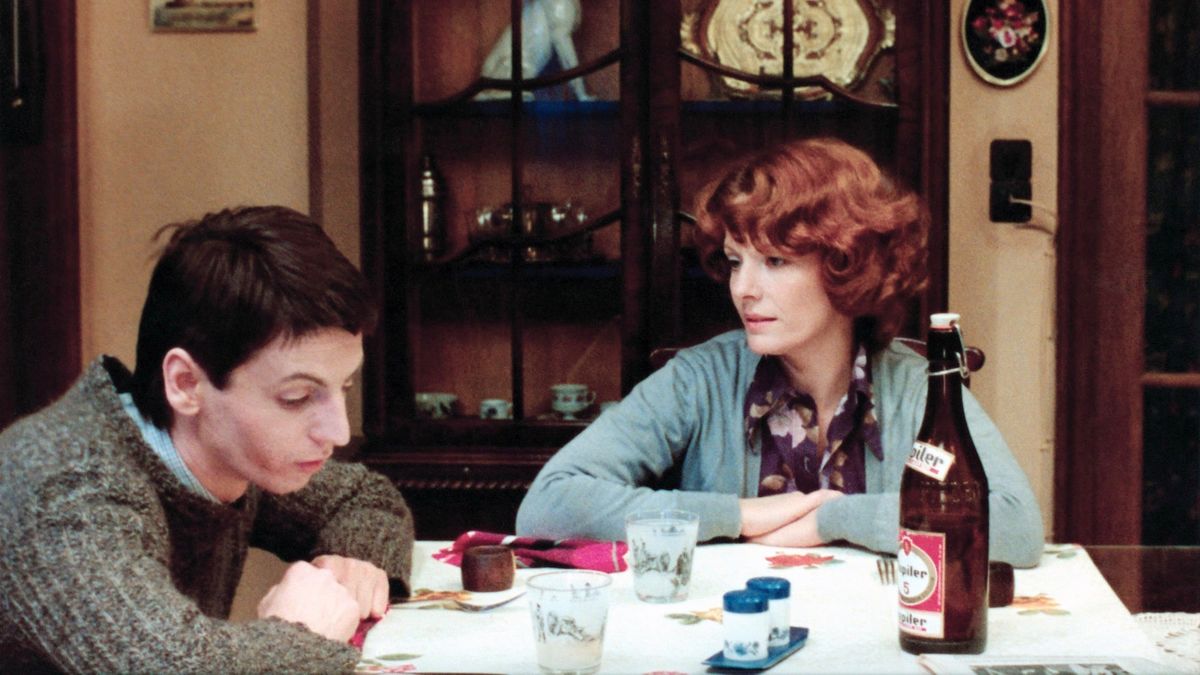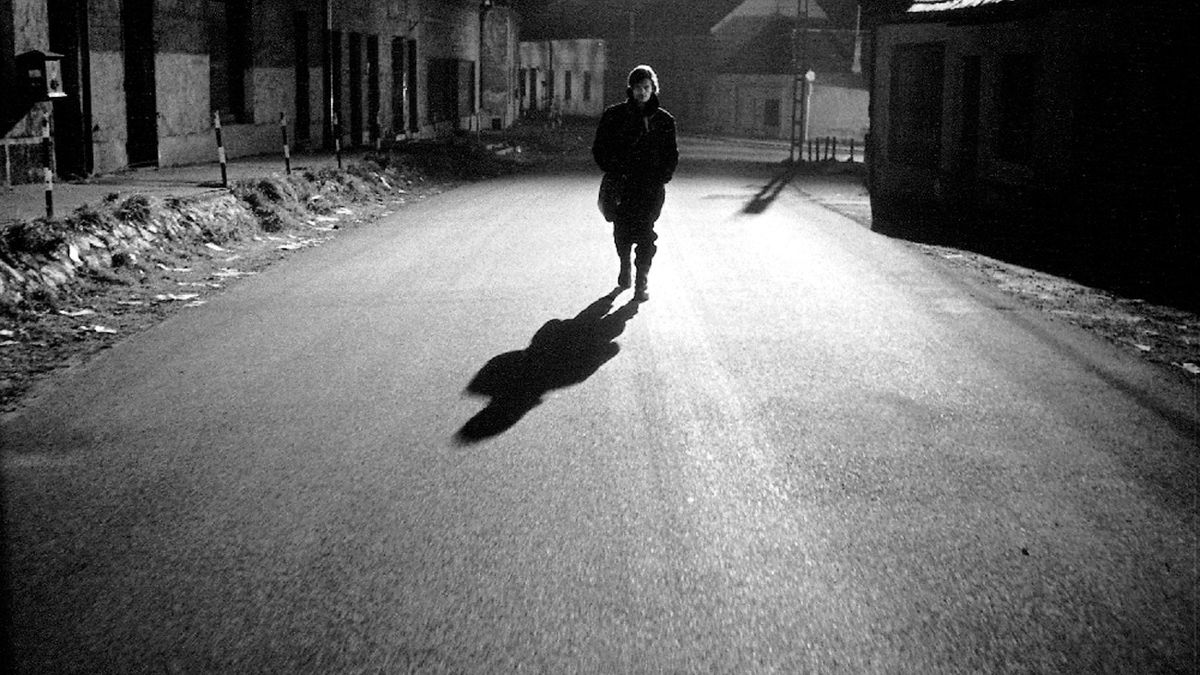- Craft and Spirit
- Posts
- The Art of Time
The Art of Time
Why Slow Cinema Might Be the Most Urgent Art Form We Have
CURIOSITIES
Found & Fascinating
Cheeky, I love it.
CRAFT AND SPIRIT
THE ART OF TIME

Jeanne Dielman, 23, Quai du Commerce 1080 Bruxelles - Chantel Akerman
Let’s talk about Jeanne Dielman.
I’ve never been such an active participant in a film — except maybe during movies so bad I am actively trying to bring something clever to an unclever film becoming a collective act of survival with my friends and I. But of course, this was different.
This was a deliberate form of discomfort.
There were times I laughed, but not because the film was funny. I laughed because the pressure built so high I found release in uncomfortable laughter. I felt trapped — a reaction I’m convinced Chantal Akerman intended. The film holds you still in a domestic Brussels household mid 1970s , and it doesn’t let go.
For three hours, we observe Jeanne’s life unfold over three days. She lives with her son. She cleans. Cooks. Shops. And, quietly, works as a sex worker while the son is away at school. But her ritual untangles after key events, and waking up too early, and the discourse of ritual versus free time is found in the shots that sit and wait. The shots linger — the longest shot being 7 minutes. After completing the film, I knew I watched something special, and I felt it too.
What Akerman reveals through the frame is time. Time being almost everything in this film. Akerman doesn’t push time upon us, but let’s it reveal to the audience.
Watching Jeanne sit still, staring at a wall, becomes unbearable — not because nothing is happening, but because through time, it is revealed that everything is happening. Each second might reveal that her world is crumbling, and the way she sits, almost spaced out, makes you think that there’s nothing she can do about it. Her crumbling world may be too much to even think about.
The film left a mark on me, and I keep turning it over because it reminded me why I love slow cinema so much.
Why Slow Down?
We should go slower not because slowness is trendy, or because it’s aesthetically interesting, but because it’s necessary. Because without slowness, we lose our ability to feel deeply, to perceive clearly, and to relate truthfully.
The pace of the world today is engineered for consumption — scroll, react, move on. It conditions us to skim life like headlines. But art — and I mean real art, art that lingers — refuses that. Slow cinema doesn’t just ask you to wait — it teaches you how to wait. How to sit. How to listen.
Paul Schrader writes in Transcendental Style in Film:
“There is a fundamental difference between being slow to create mood and being slow to activate the viewer.”
And that’s the point: slow cinema activates us. It doesn’t hand us plot twists and resolutions. It asks us to participate.
Tarkovsky, whose films remain cornerstones of this movement, said:
“What is the essence of the director’s work? We could define it as sculpting in time.”
He saw cinema as the only art form capable of capturing time directly. For Tarkovsky, time was not just a backdrop — it was the canvas.
When we slow down, we recover our attention. And attention is one of the most sacred things we have left.
Because how we pay attention is how we love. How we heal. How we create. Without it, we’re fractured. Dissociated. Disconnected from our bodies, our breath, each other.
Slowness isn’t laziness. It’s presence. Slowness is what lets you notice the breath before the breakdown, the pause before the decision, the tremor in someone’s voice when they say, “I’m fine.”
It’s also how we begin to hear ourselves again.
So when I advocate for slow cinema, I’m not advocating for boredom. I’m advocating for repair. For re-sensitization. For meaning that reveals itself over time — not all at once in a dopamine rush, but gently, with trust.
People aren’t bored by slow art. They’re afraid of it. It takes courage to give the time and trust for something to reveal itself to you. It demands of you to be apart of it, not a passive observer.
Films like Jeanne Dielman don’t let you sit back. They make you sit up — alert, uncertain, restless. I had to pause, stand, and walk around at one point, just to shake the tension out of my legs. But I returned to the screen, pulled back by the quiet terror and beauty of it.
This kind of art invites participation. It asks you to meet it halfway.
You might not like it. But that’s not the point.
The point is to stay — to lean in even when you're unsure. To practice presence. In that sense, slow art is transcendent. It doesn’t rush to explain itself. It waits for you to arrive.
There’s an old debate that paintings should live in homes, not museums. That art belongs where people live. That the only way to absorb the essence of a piece is to see it every day. To sit with it in the morning. To answer questions about it when someone walks into the room. To live with the frame.
That’s what Jeanne Dielman felt like. Living with a painting.
At first, Jeanne’s world seems pristine. Ordered. But then — one detail slips. She forgets something. And suddenly the whole room feels off. Her perfection fractures. And you feel it. You root for her. You want to shout through the screen: “Jeanne! You forgot the shoes!”
I want more films like this. More Tarkovsky. More Béla Tarr. More Ryusuke Hamaguchi. Even Wong Kar-wai, in his way, slows time until it melts.
And yes — I’ll still enjoy a Marvel movie. I’m not opposed to escapism. But escapism isn’t the only art form we need. We also need introspection.
Slow cinema doesn’t distract you. It returns you to yourself. It reminds you that stillness is not empty. That quiet holds its own momentum.
That you can feel everything in a single frame — if you’re willing to wait.
What I feel this world needs more of is a breath—a single breath in between, and maybe five more, if we’re allowed.
But more than that, I think the world needs to notice when it can breathe.
We’re caught in a constant state of fight or flight. There’s no pause. No letting go. Just endless scrolling.
Our attention is under siege, and we barely realize it.
I want more slow films.
More slow cinema.
More books.
More time with nothing at all.
I want to watch paint dry.
I want to watch nature grow.
I want to watch the world heal.
CRAFT AND SPIRIT
CRAFT AND SPIRIT
Want to Slow Down and Deepen Your Craft?
If you’re an actor, artist, or creative soul feeling stretched thin by the speed of the world—I’d love to work with you.
My 1-on-1 coaching sessions are designed to create space. We explore presence, process, and performance through practices rooted in awareness, imagination, and depth.
Whether you’re building a character, reconnecting to your voice, or simply trying to breathe more intentionally through your work—I offer coaching that meets you where you are.
Let’s slow down together—and see what shows up.
Much love today and every day,
Matt Piper 🐅🌱♊️



Reply